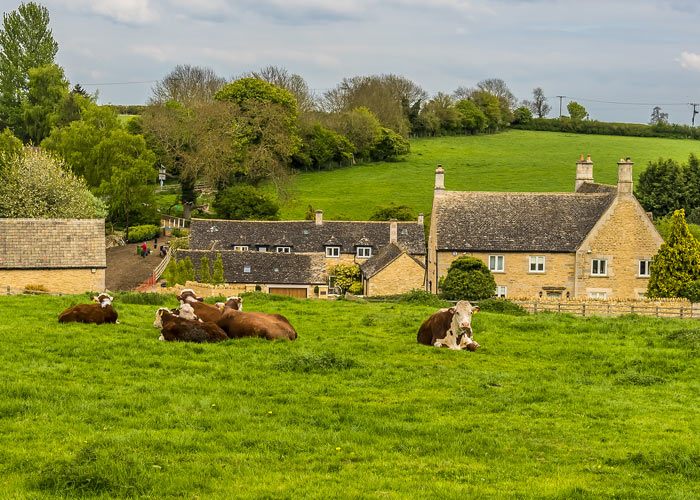The United Kingdom has passed a number of laws intended to protect animals and their habitat. Many developers are concerned about the impact of turning community spaces into a protected habitat or having to set land aside to get permission to build.
However, there are a number of benefits to doing so, and some of these benefits include rents and property values. Let’s learn how conserving animal habitats impacts real estate.

The Greenspaces Increase Property Values
People will pay more for privacy and overall space.
This is why homes that border a walking trail command a higher price tag than those sandwiched between two streets. Homes on cul-de-sacs are worth more for the same reason; you have fewer neighbours and a larger yard. Property developments that have large wilderness areas will attract people who want privacy or a sense of space.
This is why luxury communities often build water features as well as preserve wetlands. The ability to say you have so much parkland in the neighbourhood or can look out and see the ducks on the water is a selling point.

Adding Greenspaces Can Improve the Profitability of a Property
Gardens and greenspaces increase property values. This is why you can sell a house with a yard or garden and patio for much more than one without.
In multi-family housing projects, grassy lawns and pools are worth more than a large concrete slab, and a rich garden is considered even better. These green oases are so attractive that people will prefer to rent or buy your properties over those that resemble a concrete jungle. It could result in higher rents and property prices, or it may just reduce tenant turnover.
Replacing concrete surfaces with planters and soil will make the area more inviting. The change in the environment can change attitudes, reducing crime, and improving morale. For example, you can strengthen the social connections within a building by putting in a rooftop garden and patio.
Let them get together and talk or hold barbeques. If there are flowers in addition to peppers and thyme, you’ll be helping the bees and bats in the area while encouraging people to maintain the property. People tend to take better care of garden spaces than masses of concrete. The cost of maintaining gardens is generally less than what it would take to clean up a property that residents don’t care about.
And this isn’t an issue if you are preserving land in its natural state.
And turning empty lots into gardens and restored wildlands is a cost-effective solution when you want to remove an eye-sore.
Planting trees and sowing wildflower seeds to create an open green space in a former parking lot or after the demolition of the old building will increase the value of the land around it, while it keeps the area open for future development.
Increasing Biodiversity Can Improve the Odds Your Project Is Approved

The UK has been moving towards requiring projects to demonstrate that they’re increasing the biodiversity in an area in order to be approved. This can take a variety of forms.
It may mean adding rows of flowers in addition to leaving the existing hedgerows alone. It could mean adding patches of wildflowers to lawns.
An easy solution is adding bat boxes so that you attract bats to the area. The best methods for increasing biodiversity at a given site will depend on the number and type of species already present. This can be determined by a biodiversity survey done by a company like Arbtech.co.uk.
They also do bat surveys. That is essential if there are already bats on the property since the UK has multiple laws to protect bats. You’ll also need their help if you want to remove bats from the attic or relocate them so you can repair the roof without getting in trouble for disturbing them.




